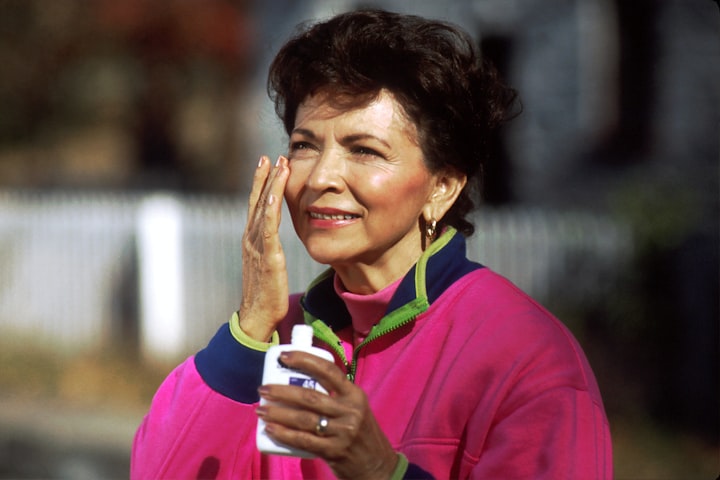
Sunscreen is a crucial aspect of sun protection that helps shield our skin from the harmful effects of ultraviolet (UV) radiation. This comprehensive article aims to provide a detailed understanding of sunscreen, including its formulation, mechanisms of action, different types, and best practices for maximizing its protective benefits. By delving into the science behind sunscreen and providing practical tips, this article aims to empower readers to make informed decisions about sun protection.
Understanding UV Radiation:
Before diving into sunscreen protection, it's important to comprehend the nature of UV radiation. The sun emits two main types of UV rays that reach the Earth's surface: UVA and UVB. UVA rays have a longer wavelength and can penetrate the deeper layers of the skin, leading to long-term damage such as premature aging and skin cancer. UVB rays have a shorter wavelength and are responsible for sunburns and immediate skin damage.
Mechanisms of Sunscreen Protection:
Sunscreen acts as a protective barrier between our skin and UV radiation through two primary mechanisms: absorption and reflection. Sunscreen contains active ingredients that either absorb or scatter UV rays to prevent them from penetrating the skin.
Chemical Filters: Chemical sunscreens contain organic compounds that absorb UV radiation and convert it into heat energy, which is then released from the skin. Common chemical filters include avobenzone, oxybenzone, octinoxate, and homosalate.
Physical Filters: Physical or mineral sunscreens contain inorganic compounds like titanium dioxide and zinc oxide, which create a physical barrier on the skin's surface. They reflect and scatter UV rays, effectively preventing them from reaching the skin.
Choosing the Right Sunscreen:
When selecting a sunscreen, consider the following factors:
Sun Protection Factor (SPF): SPF measures the level of protection against UVB rays. Higher SPF values offer greater protection. Dermatologists generally recommend using sunscreen with an SPF of 30 or higher.
Broad-Spectrum Protection: Look for sunscreens labeled as "broad-spectrum," as they provide protection against both UVA and UVB rays.
Skin Type and Sensitivities: Consider your skin type and any sensitivities or allergies you may have. Opt for sunscreens formulated for specific needs, such as those suitable for sensitive skin or designed for sports activities.
Maximizing Sunscreen Protection:
To ensure optimal protection, follow these best practices:
Apply Adequately: Most people underestimate the amount of sunscreen required for effective coverage. Apply a generous amount to all exposed areas of the skin. For the average adult, a teaspoon of sunscreen is needed for the face and neck, while approximately one ounce (30 mL) is required to cover the entire body.
Apply Early and Reapply: Apply sunscreen at least 15 to 30 minutes before sun exposure to allow it to absorb into the skin. Reapply every two hours or more frequently if sweating or swimming, as sunscreen can wear off.
Full Coverage: Don't forget commonly overlooked areas, such as the ears, back of the neck, tops of the feet, and lips. Use lip balm with SPF for lip protection.
Seek Shade and Wear Protective Clothing: Whenever possible, seek shade during peak sunlight hours (10 am to 4 pm). Additionally, wear sun-protective clothing, including wide-brimmed hats, long sleeves, and sunglasses with UV protection.
Sunscreen in All Seasons: UV radiation is present throughout the year, even on cloudy days and during winter months. Incorporate sunscreen into your daily skincare routine to maintain year-round protection.
Sunscreen is a vital tool for protecting our skin against the damaging effects of UV radiation. By understanding the science behind sunscreen, choosing the right product, and following best practices for application and reapplication, we can maximize its protective benefits. Prioritize sun protection by incorporating sunscreen into your daily routine, seeking shade, and using additional protective measures. Remember, a proactive approach to sun protection is essential for maintaining healthy and youthful skin while minimizing the risks of sun damage.





Comments
There are no comments for this story
Be the first to respond and start the conversation.